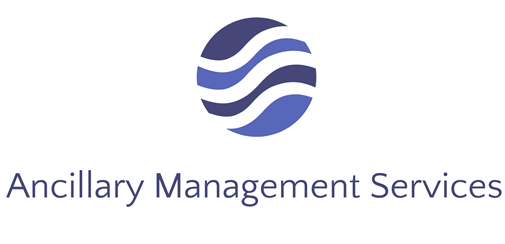One of the most critical challenges physicians have is ensuring that patients adhere to their treatment plans. Patient follow-up is essential for monitoring progress, adjusting medications, and addressing any emerging issues. However, convincing patients to return for follow-up visits can be a formidable task. There are many creative and effective ways to improve patient follow-up rates.
Among other inventive ways to get patients to return for a follow up, in-office dispensing is an especially effective method. Telehealth, patient education, appointment reminders, and personalized care plans are other great ideas. Physicians should investigate a wide variety of options for increasing patient follow ups. These follow ups can help make sure patients are sticking to their treatment plan and making sure their care is effective.
1. Telehealth and Virtual Follow-Ups
The rise of telehealth has created new opportunities for improving patient follow-up rates. Telehealth allows patients to connect with their physicians remotely, eliminating the need for in-person visits, especially for routine follow-ups. Physicians can use video calls to assess patients’ progress, discuss concerns, and adjust treatment plans. Telehealth is particularly valuable for patients with mobility challenges or those who live in remote areas.
2. Patient Education and Empowerment
Educating and empowering patients about the importance of follow-up visits is essential. Physicians should take the time to explain the role of follow-up appointments in monitoring their health, preventing complications, and optimizing treatment outcomes. Provide patients with written materials that emphasize the value of follow-up care and the potential consequences of neglecting it.
3. Appointment Reminders and Scheduling Assistance
Implementing an effective appointment reminder system can significantly boost follow-up rates. Send automated reminders through text messages, emails, or phone calls a few days before the scheduled appointment. Consider offering scheduling assistance to help patients find a convenient time for their follow-up visits, reducing the likelihood of no-shows.
4. Streamlined Administrative Processes
Six Efficiency in clinic operations can indirectly impact patient follow-up rates. Streamline administrative processes to reduce patient wait times and minimize the time spent in the clinic. Patients are more likely to return for follow-up appointments when they have a positive and efficient experience during their initial visit.
5. Personalized Care Plans
Tailor treatment plans and follow-up schedules to each patient’s unique needs and preferences. Personalized care plans show patients that their healthcare is individualized and designed to help them achieve their health goals. Discuss these plans during the initial visit and emphasize the importance of sticking to the follow-up schedule.
6. In Office Dispensing: A Game Changer for Follow-Up Rates
One of the most innovative and effective ways to improve patient follow-up is by implementing an in-office dispensing program. In-office dispensing involves physicians providing prescribed medications directly to patients during their clinic visits. This practice offers several advantages that directly contribute to improved follow-up rates:
Convenience: Patients can struggle to adhere to their treatment plans when they must visit a pharmacy separately to fill their prescriptions. In-office dispensing eliminates this barrier by allowing patients to leave the clinic with their medications in hand. This convenience encourages patients to return for follow-up appointments, as they know they can take care of two errands simultaneously.
Medication Adherence: Patients are more likely to adhere to their prescription plan when they receive medications directly from their healthcare provider. Improved medication adherence leads to better treatment outcomes. As a result, patients are more willing to continue their follow-up appointments to assess progress and make necessary adjustments.
Enhanced Patient-Physician Relationship: In-office dispensing fosters a stronger patient-physician relationship. Patients appreciate the personalized care and attention they receive when physicians take the time to discuss their medications and answer any questions. This positive relationship encourages patients to return for follow-up visits, knowing they are in capable hands.
Strategic Follow-Up Improves Patient Care
Improving patient follow-up rates is essential for providing high-quality healthcare and achieving better patient outcomes. Creative and effective strategies, such as in-office dispensing, telehealth, patient education, appointment reminders, and personalized care plans, can significantly increase follow-up rates. In-office dispensing is an especial game-changer for improving follow-up rates. It enhances patient convenience, medication adherence, and patient-physician relationships.
Physicians should seriously consider implementing an in-office dispensing program in their clinics to remove barriers that hinder patient follow-up. This practice not only improves patient outcomes, it also contributes to a more efficient and patient-centered healthcare experience.
As healthcare continues to evolve, embracing innovative approaches like in-office dispensing will be crucial to providing patients the care they need and deserve. It’s time to take proactive steps to enhance patient follow-up rates and lead the way to a healthier future for your patients and your practice.

